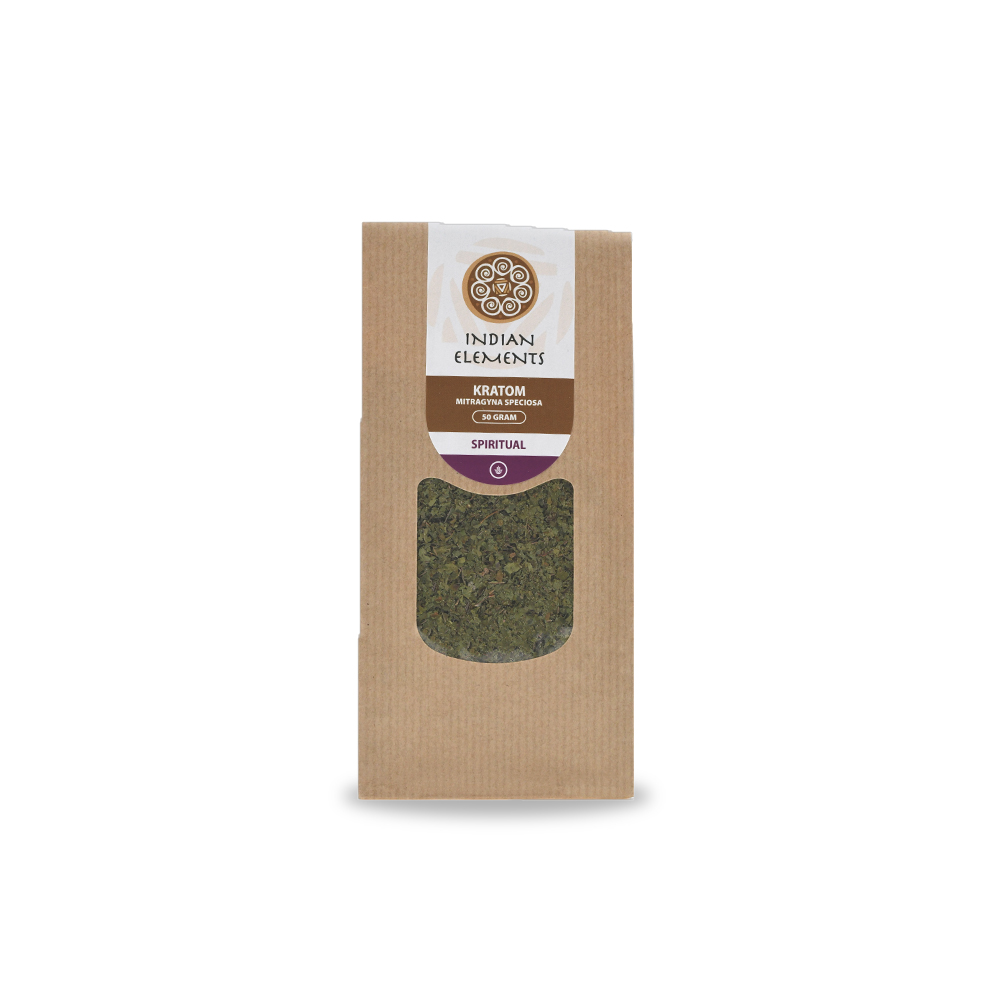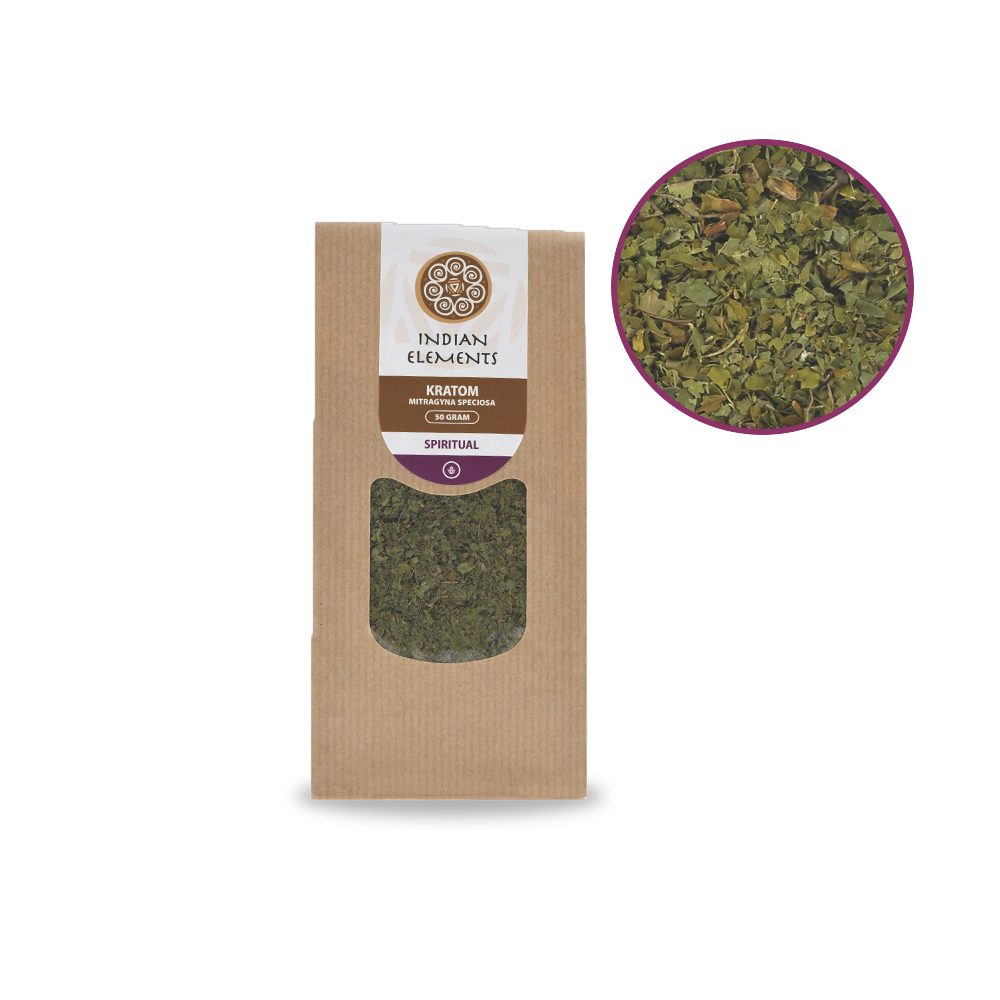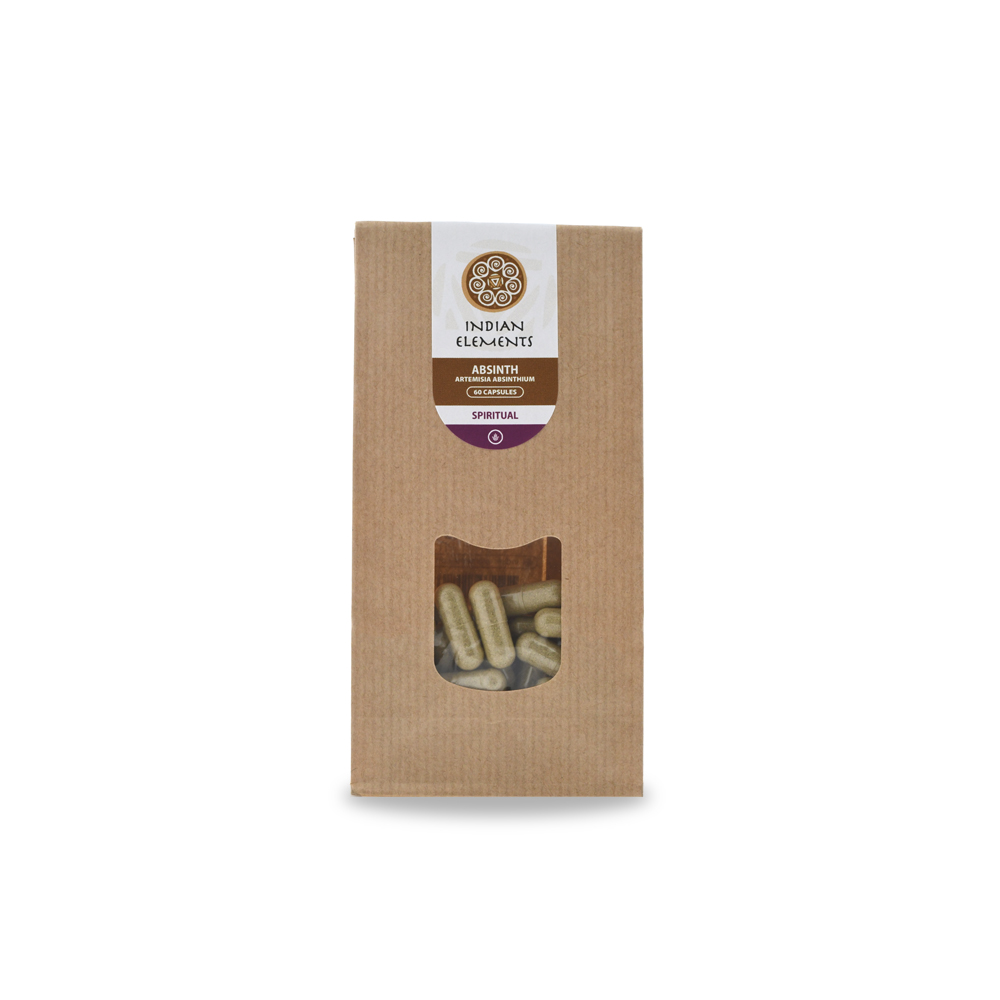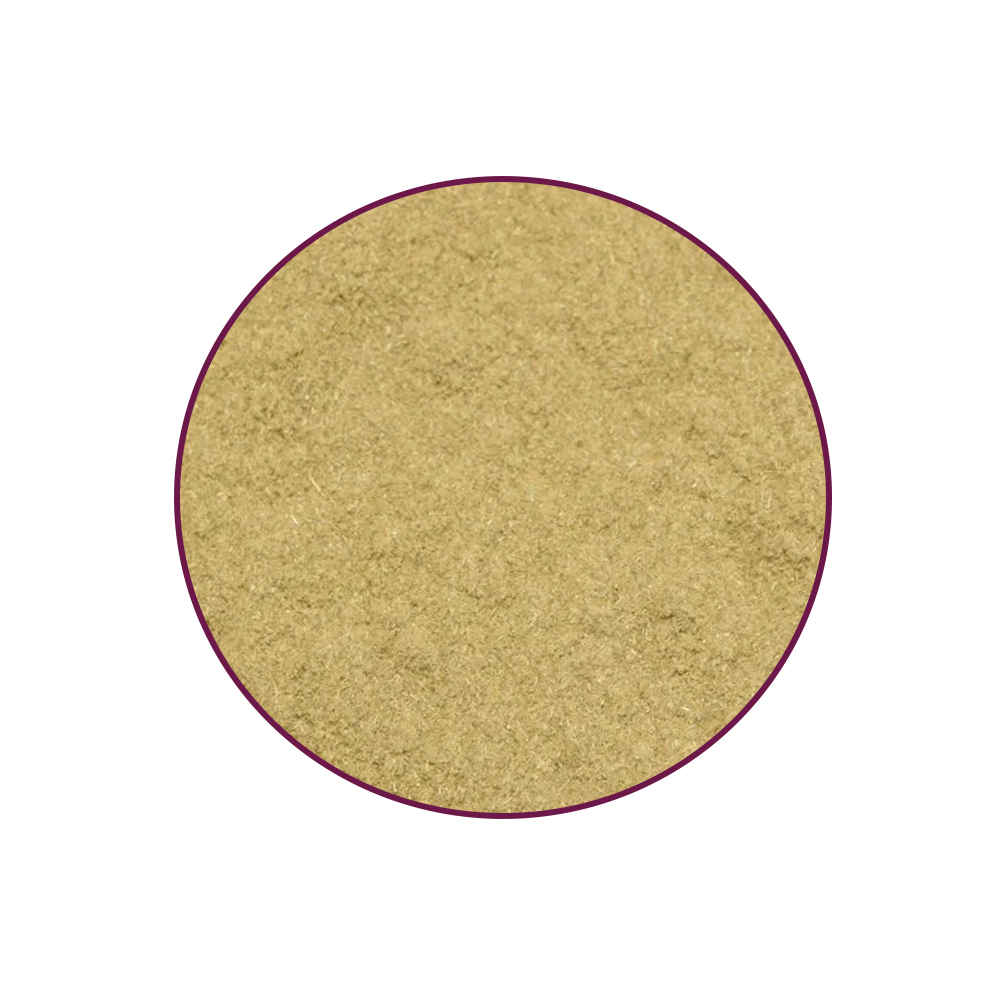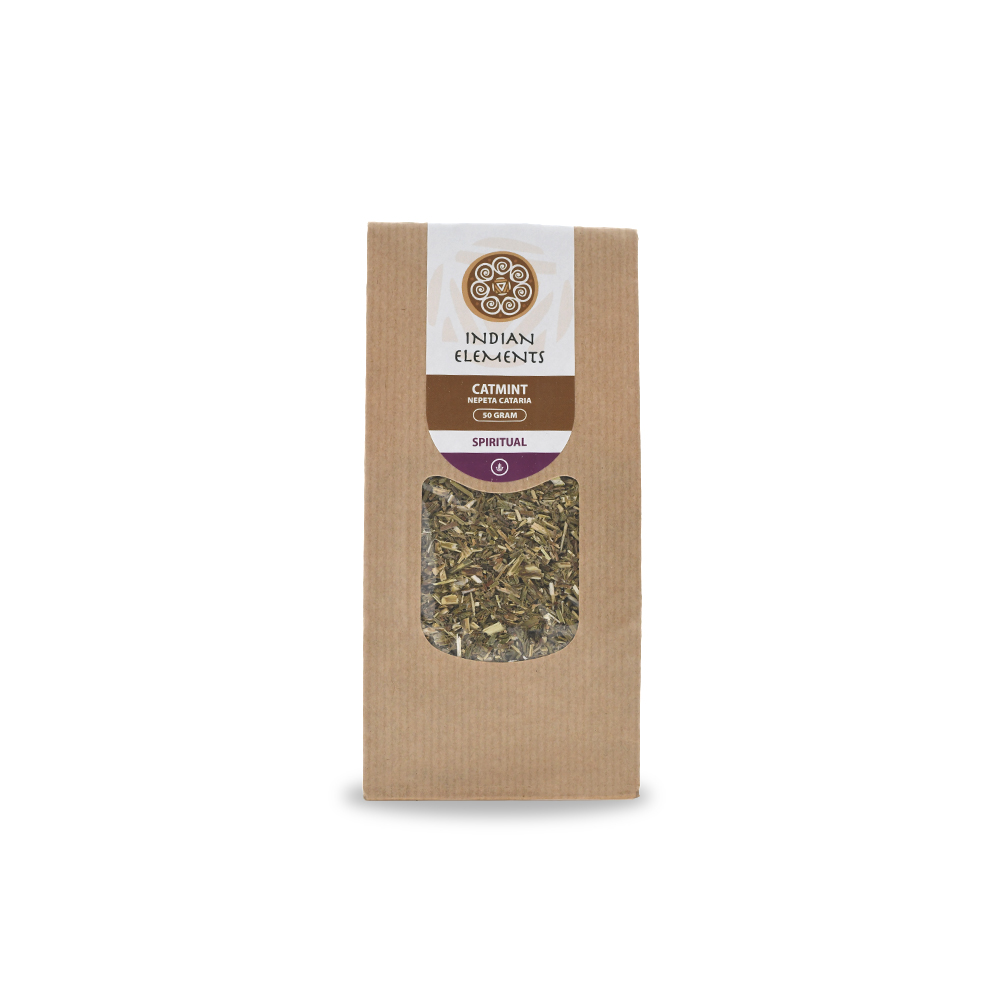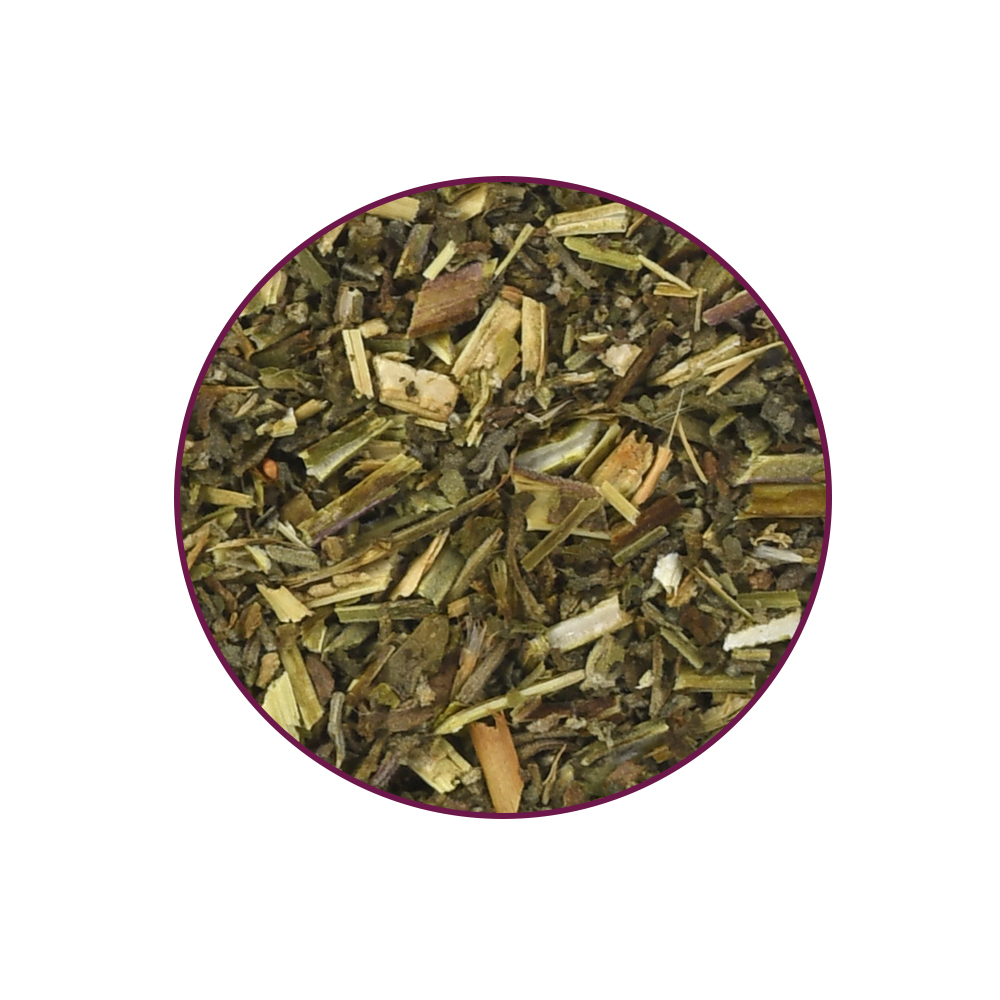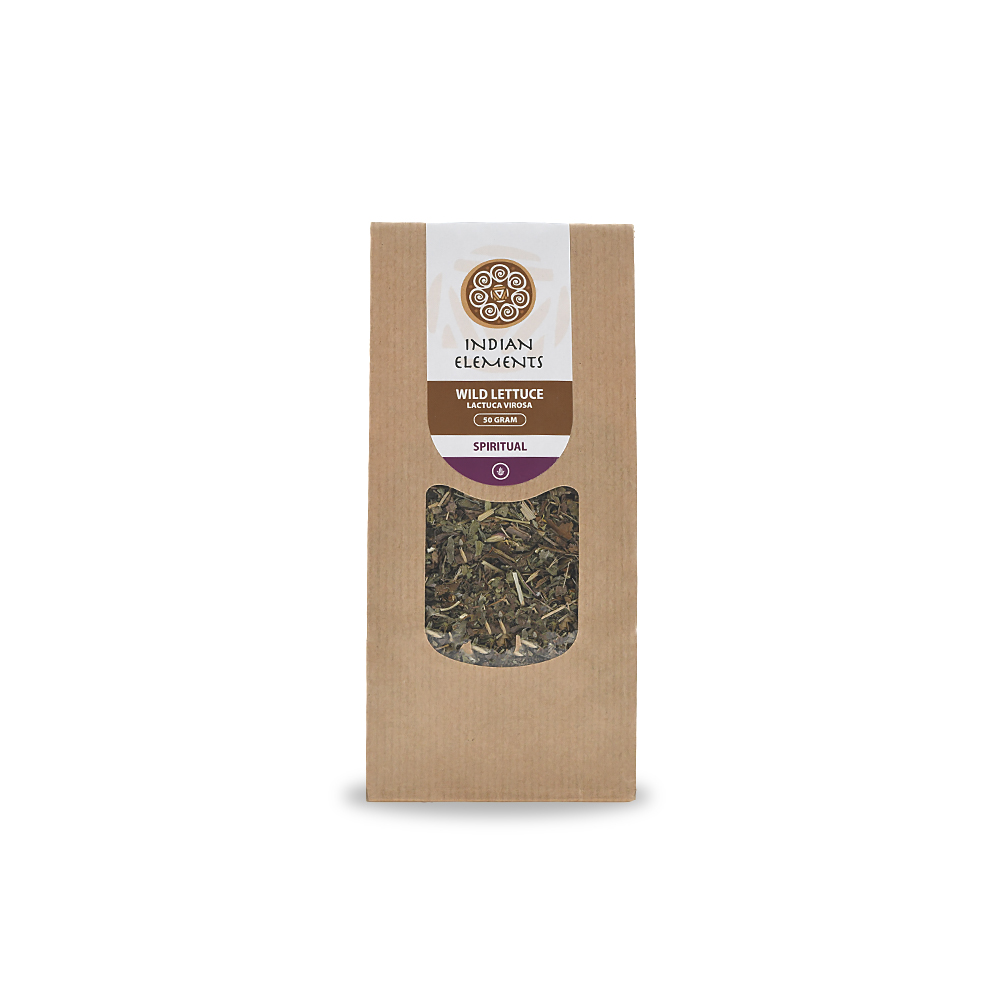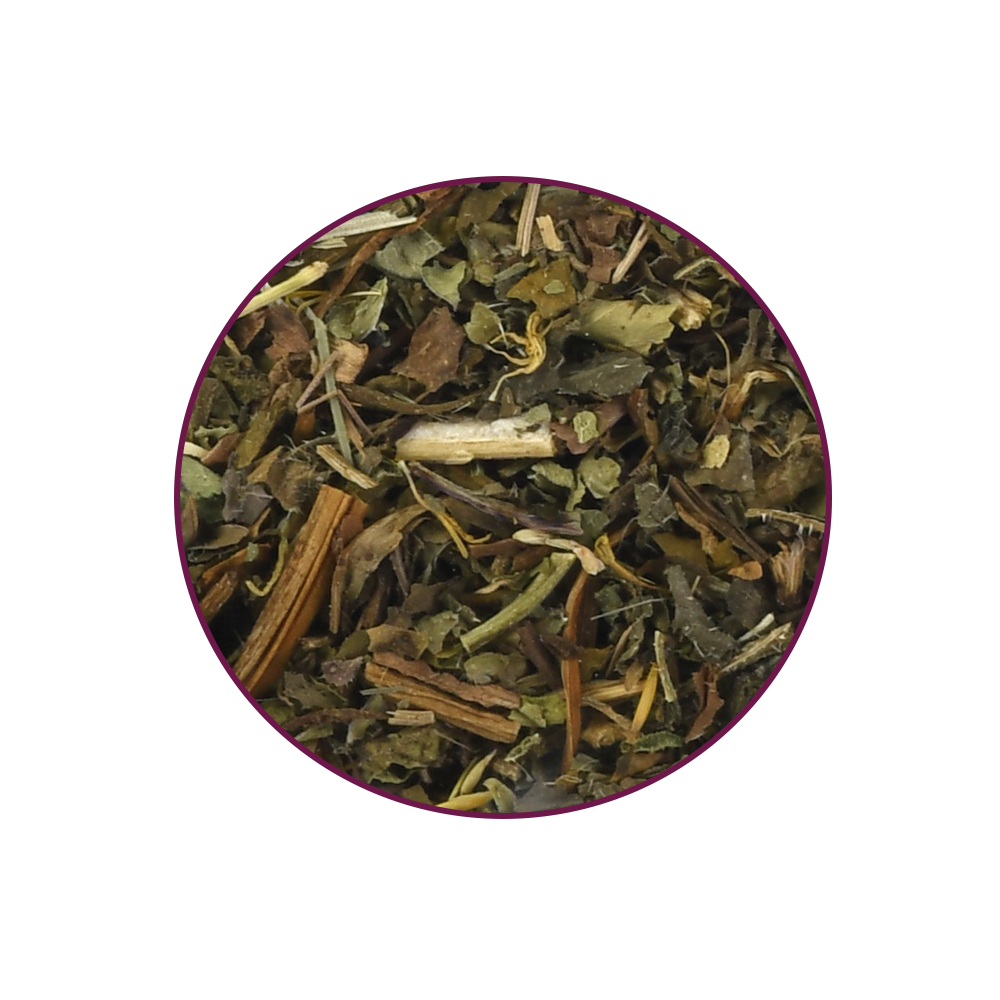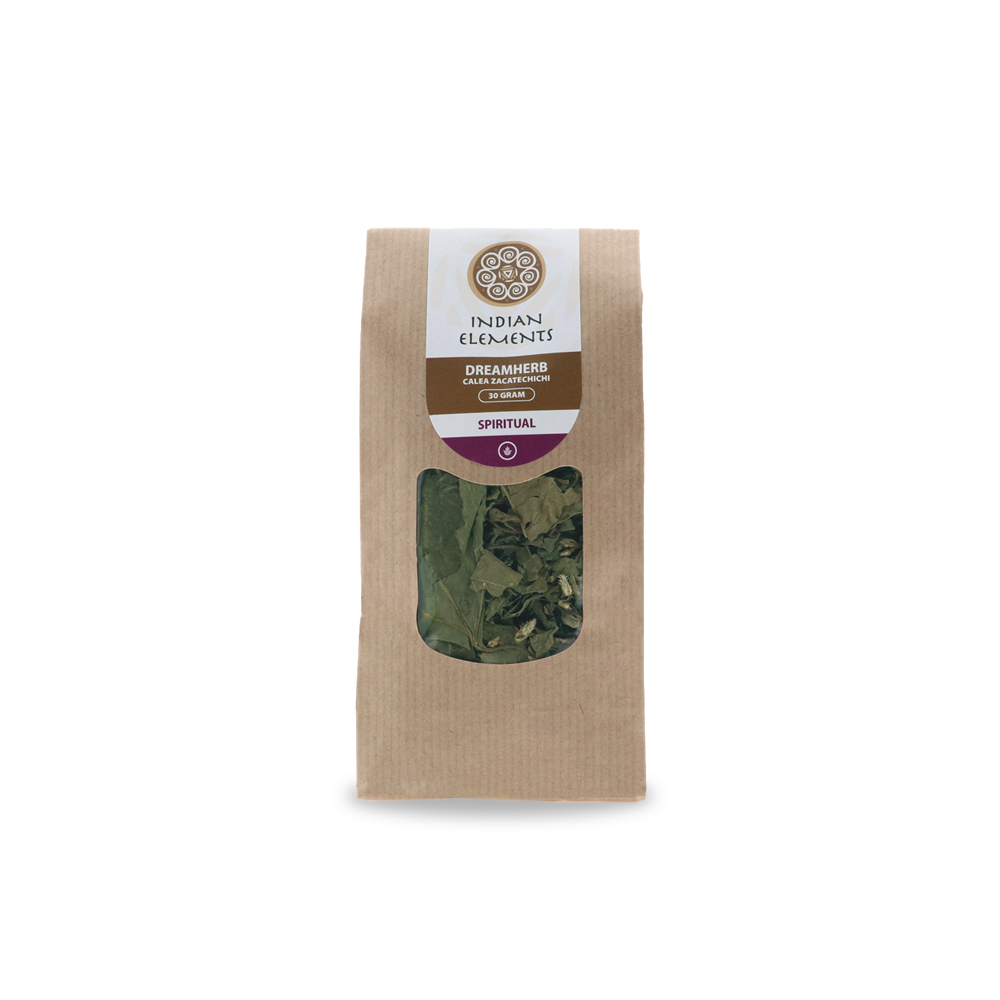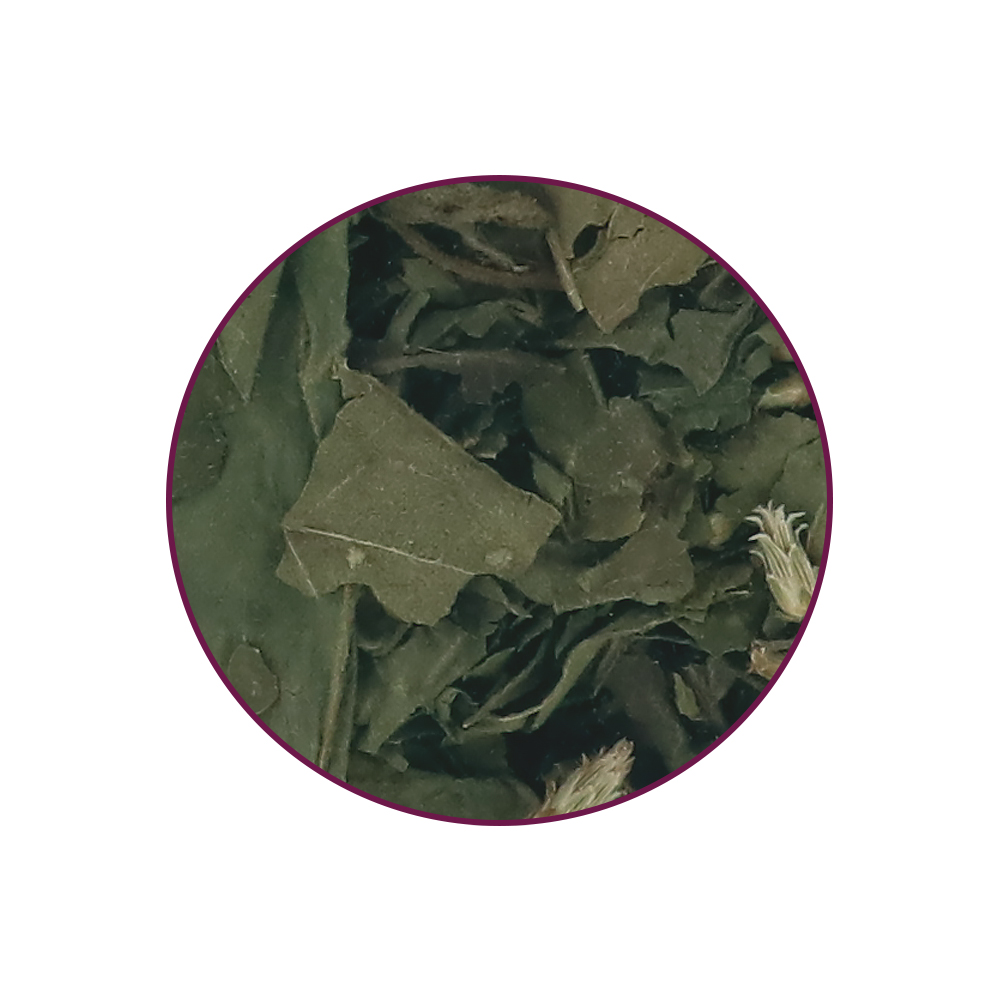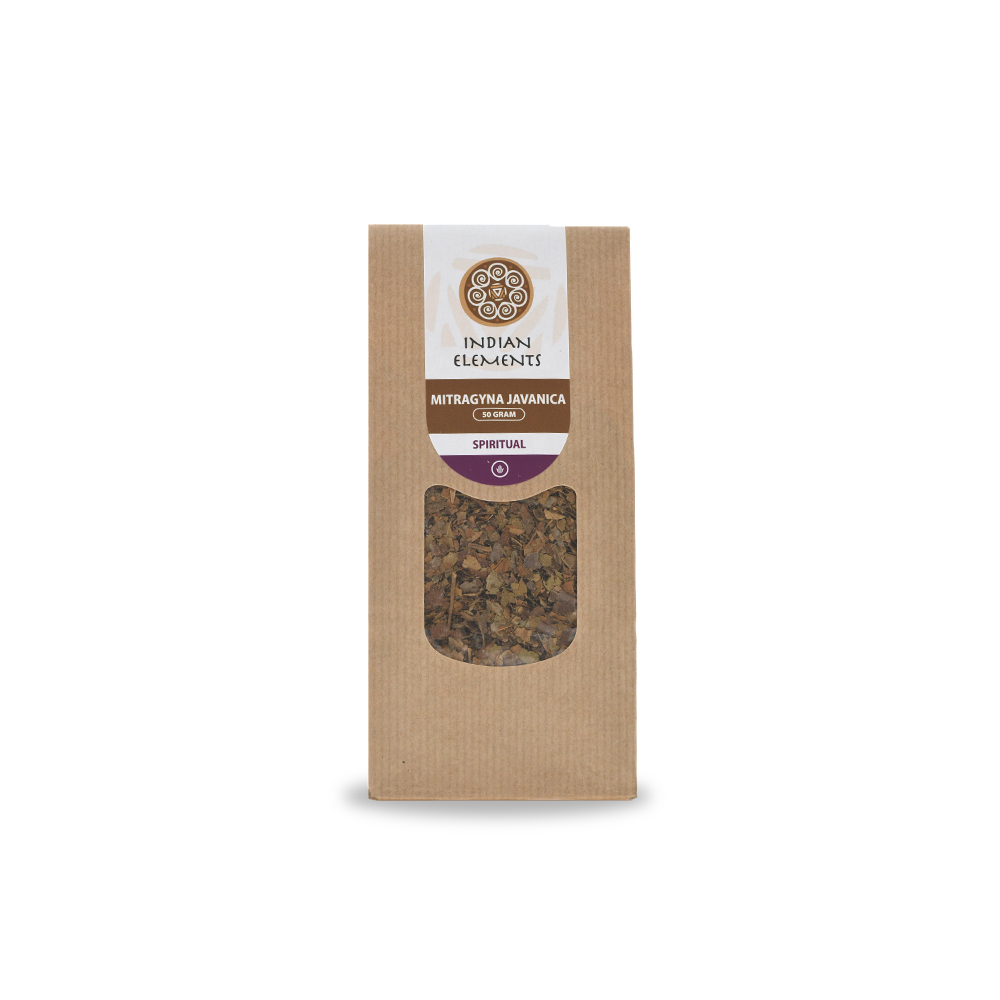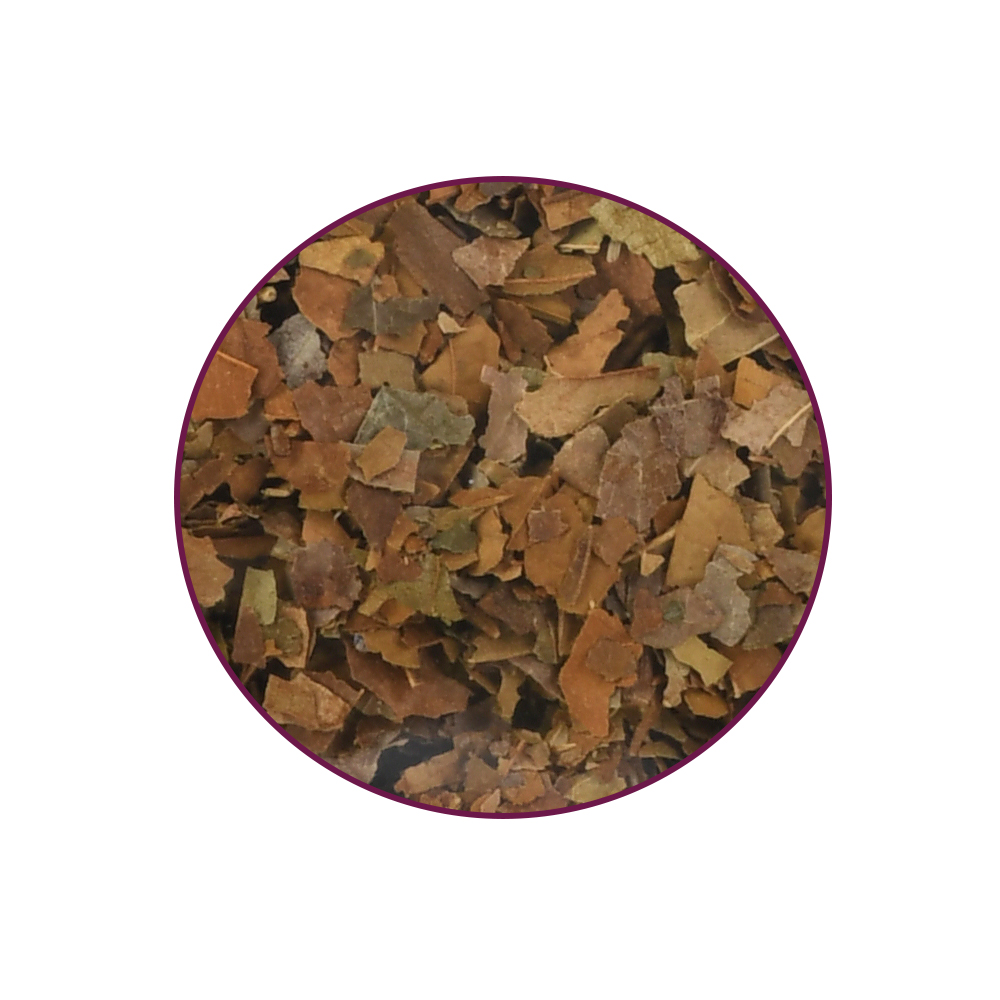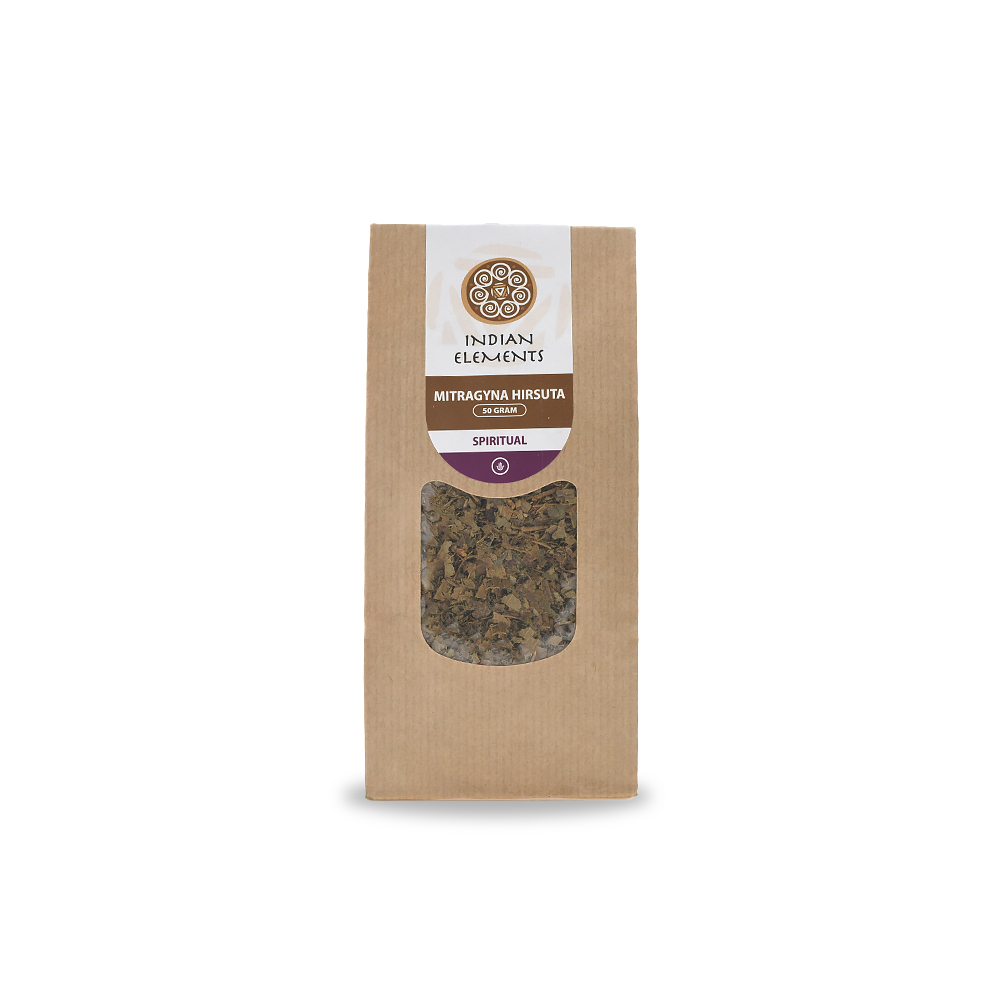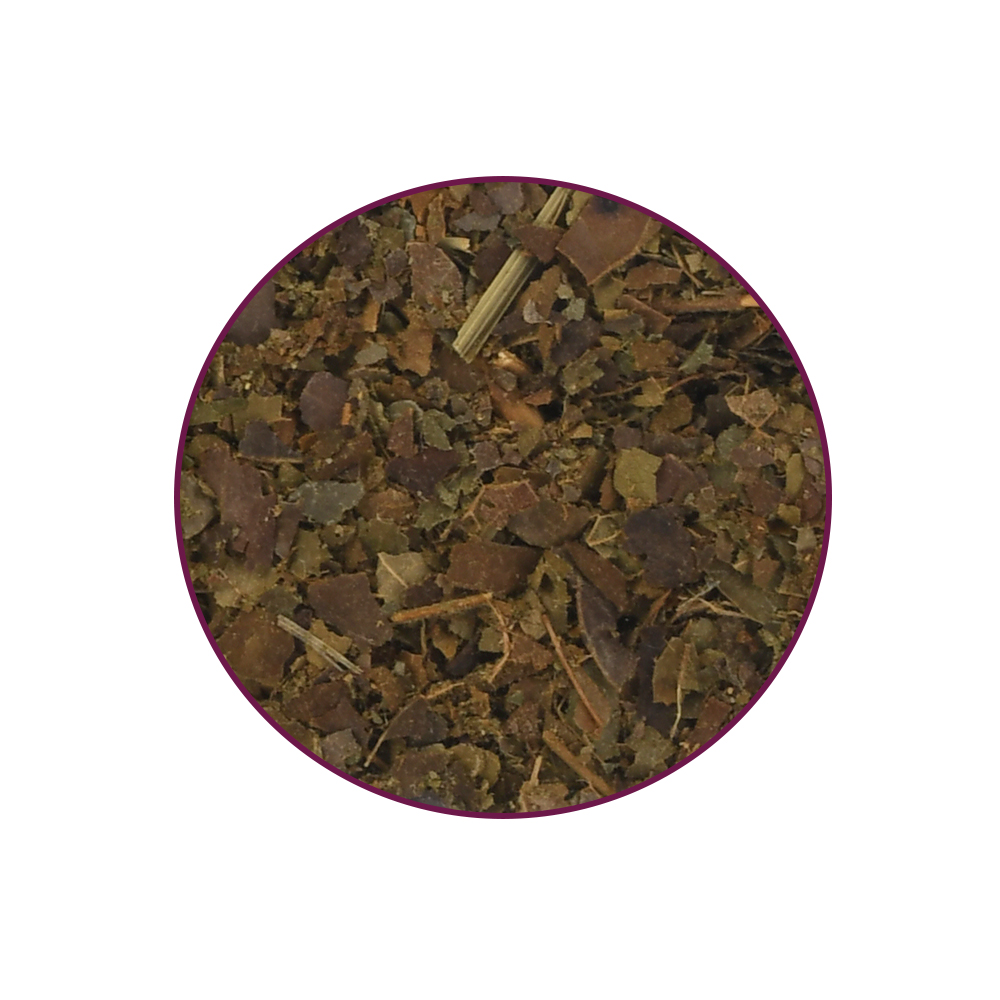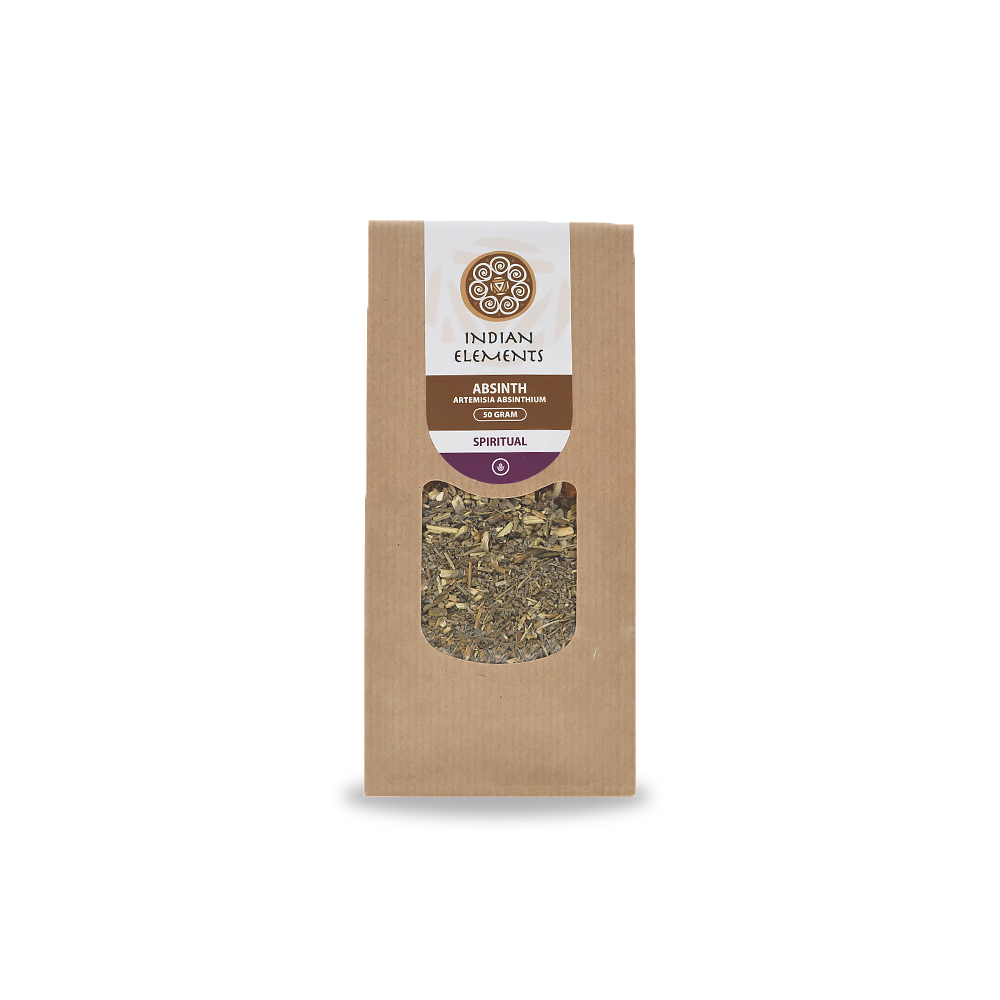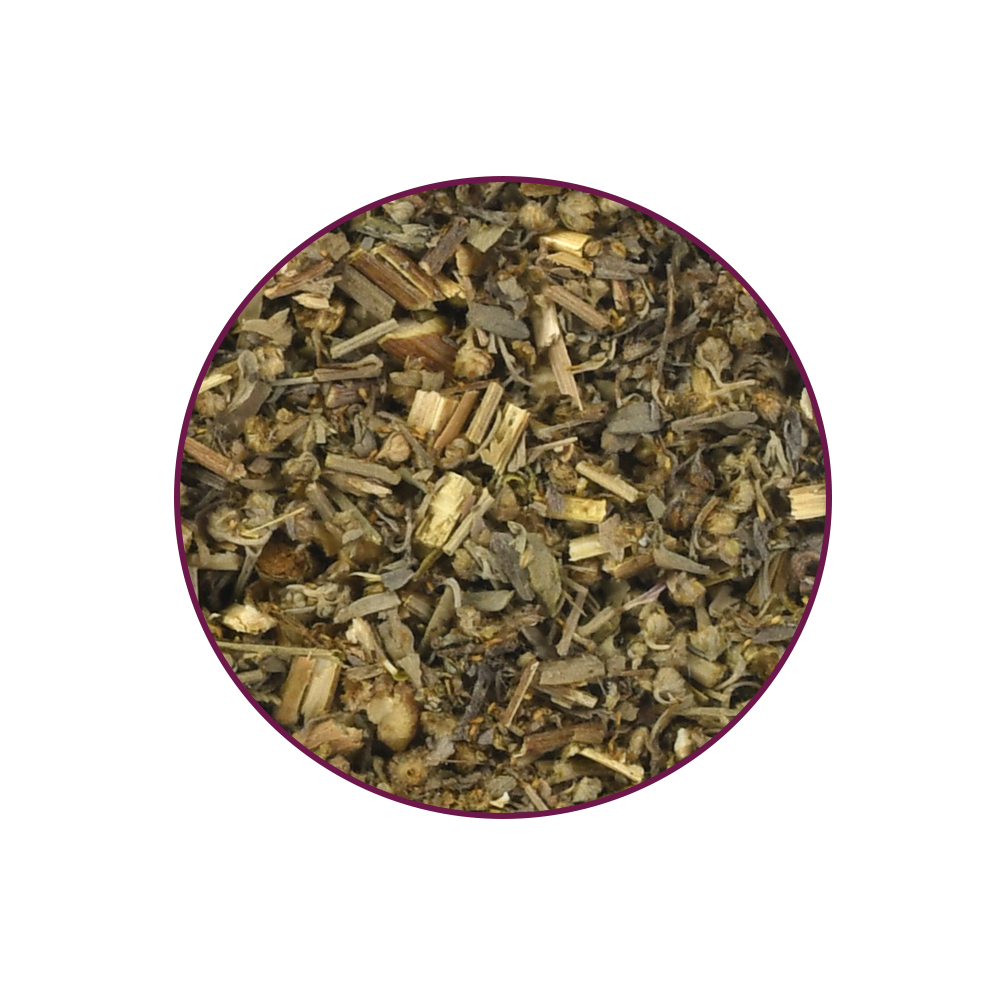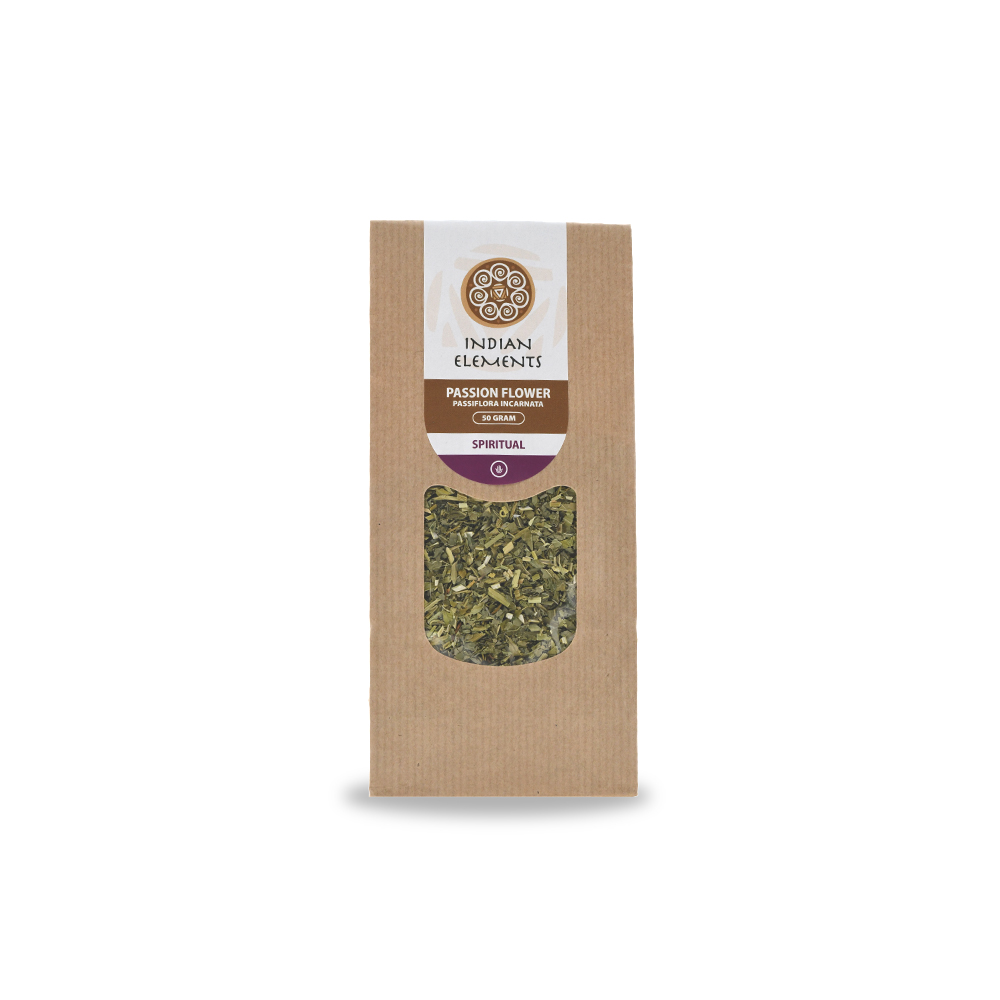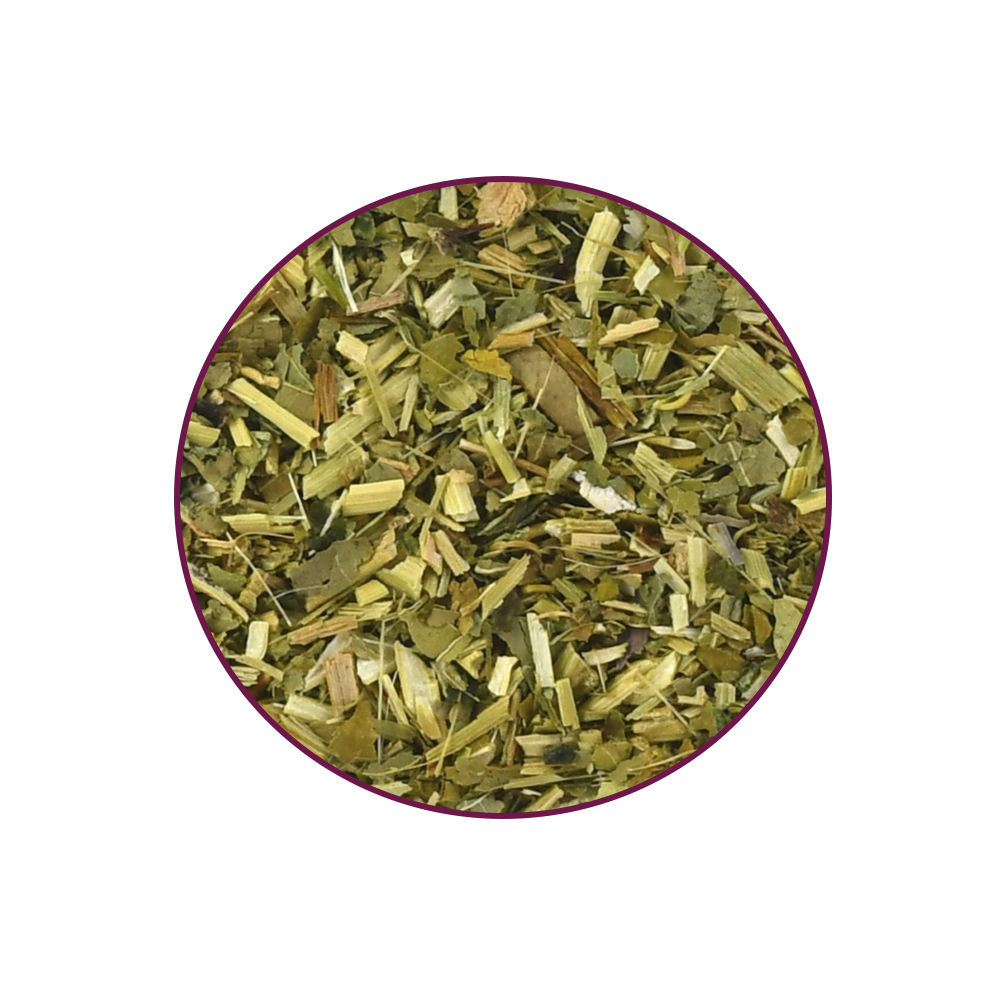What are Kratom Leaves?
Our Kratom Leaves are a natural supplement made from the dried leaves of the Green Maeng Da variant of the Mitragyna Speciosa tree. This variant, known as one of the most effective types of Kratom, is distinguished by the green veins in the leaves. The versatile effects of Kratom make this herb special and beloved. At a low dosage, it can provide an energy boost and improved focus, while a higher dosage has a calming and relaxing effect. These diverse properties are due to the unique alkaloid mitragynine, a bioactive substance found exclusively in Kratom. The wide range of applications makes Kratom a special herb that can provide both physical and mental support.
How do you use Kratom Leaves?
These Kratom Leaves come in the form of dried leaves (50 grams). You can chew on these dried leaves for a mild stimulating and soothing effect. Our advice: brew them as tea; this way, the effect is stronger and will last longer. Use 1 or 2 teaspoons per cup of hot water, let the tea steep for 5 to 20 minutes and then strain. The longer you allow the tea to steep, the stronger the flavour will be. This tea tastes bitter and earthy. Soften the taste with a little honey or lemon. For optimal extraction of the active ingredients, it’s important not to let the water boil when you pour it over the herbs. Water of about 90°C is ideal: let boiled water cool for a minute or two before using it. A well-sealed teapot or mug with a lid helps to retain the volatile compounds during steeping.
What are the ingredients of Kratom Leaves?
Mitragyna Speciosa (50 grams)
What is the recommended dosage of Kratom Leaves?
The recommended daily amount is 1 gram per day.
Where do Kratom Leaves come from?
Kratom (Mitragyna Speciosa) is a tropical tree from the Rubiaceae family, originally from Southeast Asia, particularly Thailand, Indonesia, Malaysia, Myanmar and Papua New Guinea. It is related to Mitragyna Hirsuta (Kra Thum Khok) and Mitragyna Javanica (Kra Thum Na). In the regions where Kratom originates, the leaves are chewed to relieve pain, increase energy and stimulate appetite. They are also used as a local anaesthetic and to treat cough, diarrhoea and intestinal infections. Interesting fact: The first Western researcher to describe the use of the plant was the Dutchman Pieter W. Korthals. Today, Kratom leaves are consumed in various ways, including chewing and as tea. Sometimes, they are mixed with other psychoactive substances, such as caffeine and codeine, for an extra boost.

